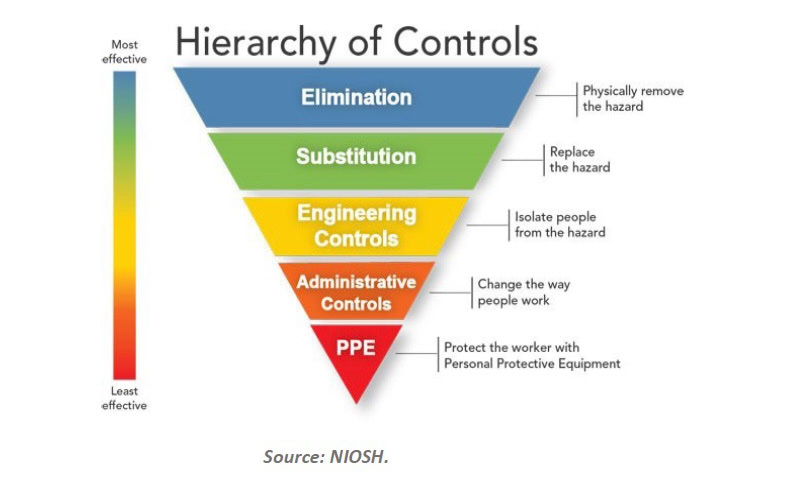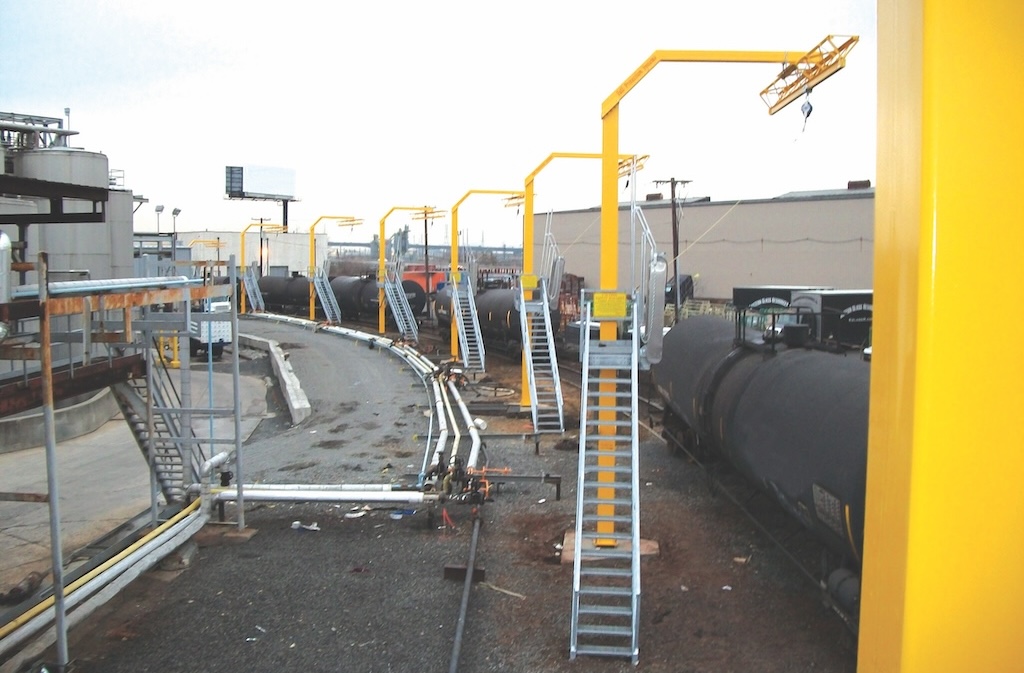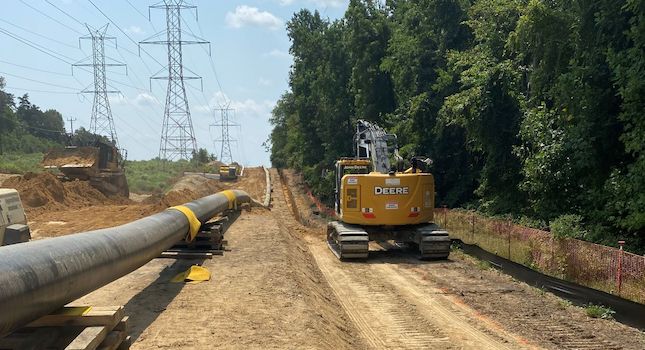Better equipment design takes a step beyond training.

Workplace safety is always the top priority in manufacturing, but accidents still happen. Implementing a proactive Prevention through Design (PtD) program can be a step to mitigating electrical safety hazards and better protect workers in a plant.
Performing work without turning off power and verifying that a de-energized condition exists is a leading cause of electrical injuries. Electrical Safety Foundation International statistics show that there were 2,210 nonfatal electrical injuries in 2017, an increase of 35% over 2016. Shocks accounted for 1,330 nonfatal electrical injuries, while burns accounted for another 900 injuries.
Typically, the response to these accidents is to propose more safety training, but training alone is not enough. It is crucial to begin with design-first thinking to improve workplace electrical safety.
Prevention through Design (PtD) fundamentals
As a principle, PtD is an achievable solution to improve worker health and safety. Designing to reduce hazards before any electrical exposure happens in the workplace should be a top priority for industry safety professionals. PtD includes all efforts to prevent injuries by reducing exposure to hazards primarily through equipment design rather than administrative controls or personal protective equipment (PPE). This applies not only to products and equipment, but also processes and procedures used in the workplace.
It is a concept that is firmly taking hold within the safety and plant engineering community and efforts are being made to increase its adoption through inclusion in standards. Every manufacturing process has many inherent safety risks, so it’s important to identify and minimize potential hazards from the very beginning.
With PtD, new technologies and products reduce human exposure to hazards to achieve higher levels of safety, and electrical infrastructure are made safer for anyone entering the facility for the duration of its lifecycle. Product development by way of PtD also can simultaneously increase productivity, as it limits worker exposure to electrical hazards during routine maintenance and work activity while making the process faster and less complicated.
Reducing workplace injuries
PtD begins with identifying potential risks within a process or environment with the ultimate goal of eliminating risks whenever possible. In cases where the elimination of a risk is impossible or impractical, substitution (replacing the hazard) or engineering controls (isolating people from the hazard) is the most effective means to reduce workplace Injuries. Several PtD product innovations have been developed as a means of replacing or isolating people from the hazard, such as permanently mounted voltage indicators, voltage portals, data access ports, infrared windows for thermal inspection and absence of voltage testers (AVTs).
The process of de-energizing and verifying equipment in an electrically safe work condition before beginning work can help prevent electrical incidents. AVTs are permanently-mounted testing devices specifically designed with this in mind.
It’s beneficial to examine whether voltage testing can be optimized using PtD methodology because of how frequently it’s done in the manufacturing workplace. Every safety manager’s top priority is to provide a workplace free from serious safety and health hazards and to ensure the workplace is fully in compliance with all applicable standards, rules and regulations to maintain safety in his or her manufacturing facility.
Safety managers today are challenging electrical infrastructure suppliers to create dependable methods of identifying and verifying de-energized electrical equipment, and new products are improving electrical workers’ ability to safely verify that electrical equipment is in a de-energized state.
Utilizing an AVT device not only simplifies the voltage verification test to validate the absence of voltage, but it also helps meet the standards for electrical safety in the workplace. With the use of an AVT, qualified personnel mitigate electrical hazard risks by performing an absence of voltage test before equipment is accessed. The single push of a button on an AVT negates the traditional use of hand-held test equipment for this process. The AVT not only reduces the risk of exposure to electrical hazards, but also reduces a time-consuming process to a reliable, single push-button action.
Improving safety
Worldwide, industry implementation of PtD still has room for improvement. Administrative controls like warnings, labels, training, written procedures and PPE can protect workers from some electrical hazards but verifying absence of voltage and de-energizing equipment needs to be a clear, reliable and uncomplicated process.
The plant manager’s role in the PtD process is to establish a motivational force to promote designing for safety and protect workers by implementing PtD solutions that help reduce exposure to hazards throughout the facility. PtD methodology can be applied to existing tools, equipment and processes, but addressing safety early in the design process is more economical and should be the first option explored.
Safety pays when it comes to plants and factories. Electrical injuries account for one of the highest average workers’ compensation costs, with sources indicating the average direct cost of an electrical injury ranges from $50,000 to $80,000. The indirect costs can even exceed this by four times because of the ensuing property damage and repair, as well as lost productivity. Considering a total cost can approach $500,000, companies should think twice about how effective their safety program, procedures and tools are.
Thanks to PtD, the safety culture is changing. New technology like AVTs will continue to play an important role in electrical hazard reduction strategies for plants worldwide.



